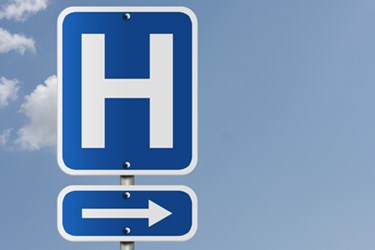How To Improve Hospital Communication And Increase Efficiency

By Christine Kern, contributing writer

A Spok white paper offers nine tips to bring order to hospital communication chaos.
According to Pew Research Center, nearly 70 percent of clinicians use smartphones on the job. They’re likely carrying a pager and tablet as well. Finally, they’re likely to have a desk phone and many emails to respond to on a daily basis to boot.
With all of these methods to reach clinicians, it can be problematic to select the right one to quickly contact them when they’re needed. According to the 2014 Spyglass Consulting Group study on point of care communications, 61 percent of physicians express concerns about having access to colleagues and specialists, and 53 percent of nurses cite difficulties determining which physician is available.
With increasingly complex communication technology comes greater challenges in maintaining open channels and coordinated care. On-call schedules, patient monitors, diverse mobile devices, and healthcare IT systems all contribute to a web of information that is difficult to navigate and manage. Now, a Spok white paper offers nine tips that can help bring order to hospital communication chaos.
- Connect your islands of information: The key is to connect all of the applications and systems for tracking, monitoring, and recording patients and information to the proper devices. As the white paper asserts, “The use of diverse mobile devices and the rise in care complexity necessitating care team coordination mean more sophisticated communication technology is required.”
- Keep your nurses informed, not overwhelmed. A study at John Hopkins Hospital found an average of 350 alarms per bed, creating such noise and chaos that nurses and caregivers can easily become desensitized. One way to avoid such ‘alarm fatigue’ is by sending notifications directly to providers’ mobile devices.
- Direct the flow of information. By using the right technology and mobile capabilities, your hospital can make handoff points seamless and efficient.
- Find the right people. This means managing clinical information systems and data streams, routing them correctly, and insuring that message and alerts go to the people who can actually act on them. The report explains, ‘interoperability is again important here because alerts may need to be sent to various staff members using different mobile devices.”
- Embrace device diversity. Many people think that interoperability must mean uniformity. Actually, within a hospital, there is no one-size-fits-all communication device. Hospitals need to be able to message all types of devices from a single communication system.
- Make clinical connections easy. Good patient care is dependent upon the collaboration between physicians, nurses, and other caregivers. This includes communication regarding consult requests, critical test results, patient updates, code calls, medication questions, and more.
- Protect personal health information (PHI). One step to help insure the protection of PHI is to use an app that maintains the security of information sent and received (secure texting apps). Integrations and message encryption can also help, as well as application locks, automated message removal, and password-protected inboxes.
- Mind the Audit Trail. The report cautions, “Having a proper audit trail with a date and time stamp for all messages sent and received can eliminate a lot of hassle and protect both individuals and your organization if the details of a particular message or situation come into question.”
Keep operators fully operational. Equip them with the tools to effectively manage beyond incoming calls and internal transfers.
